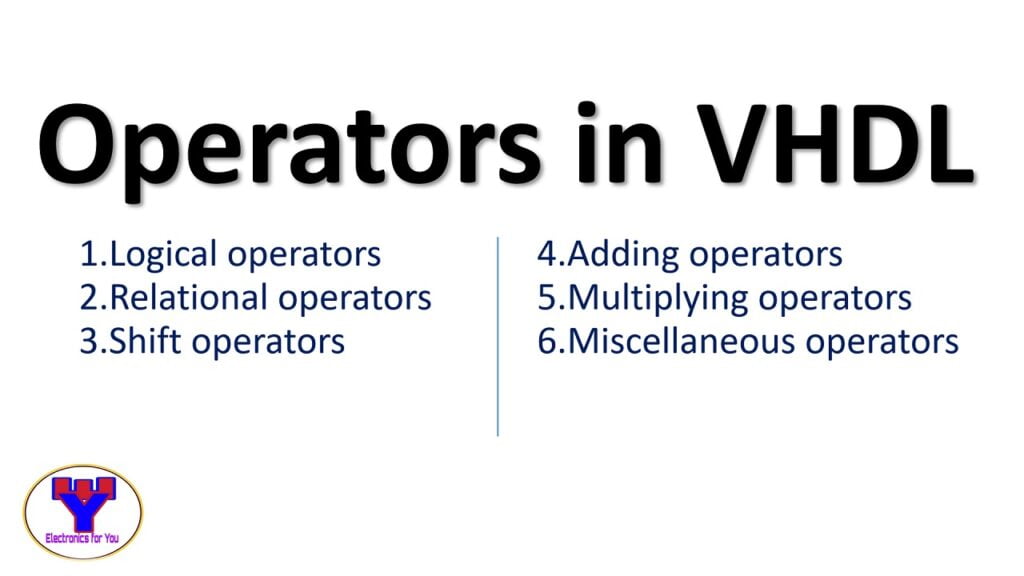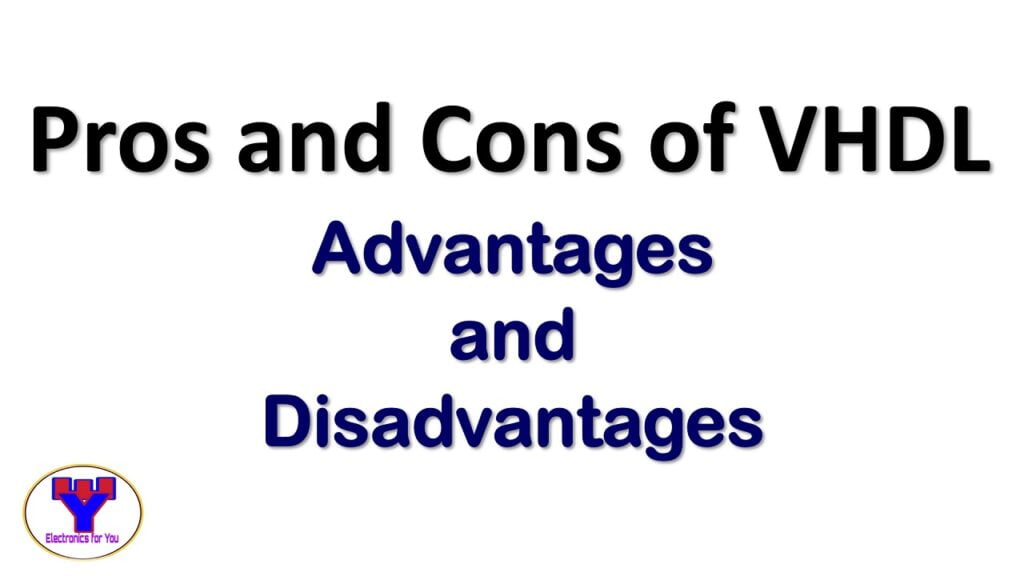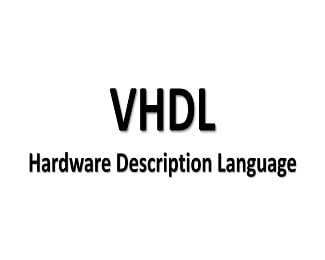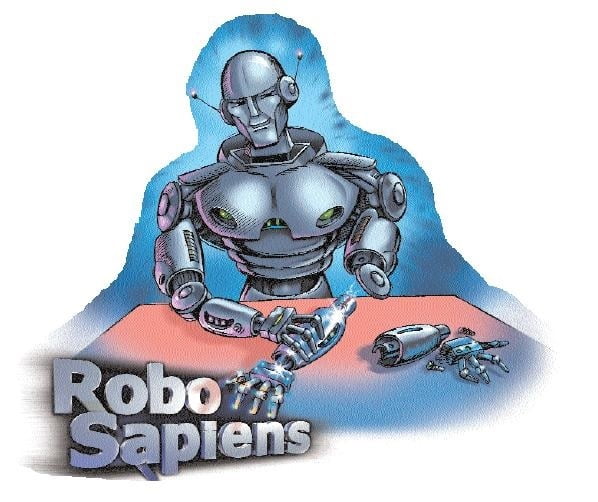Operators in VHDL
In this article, working of operators in VHDL are discussed in detail. The main purpose of any code is to implement some kind of logic. Operators help us to build that logic. The predefined operators in the language are classified into the following five categories: Logical operators Relational operators Shift operators Adding operators Multiplying operators […]










